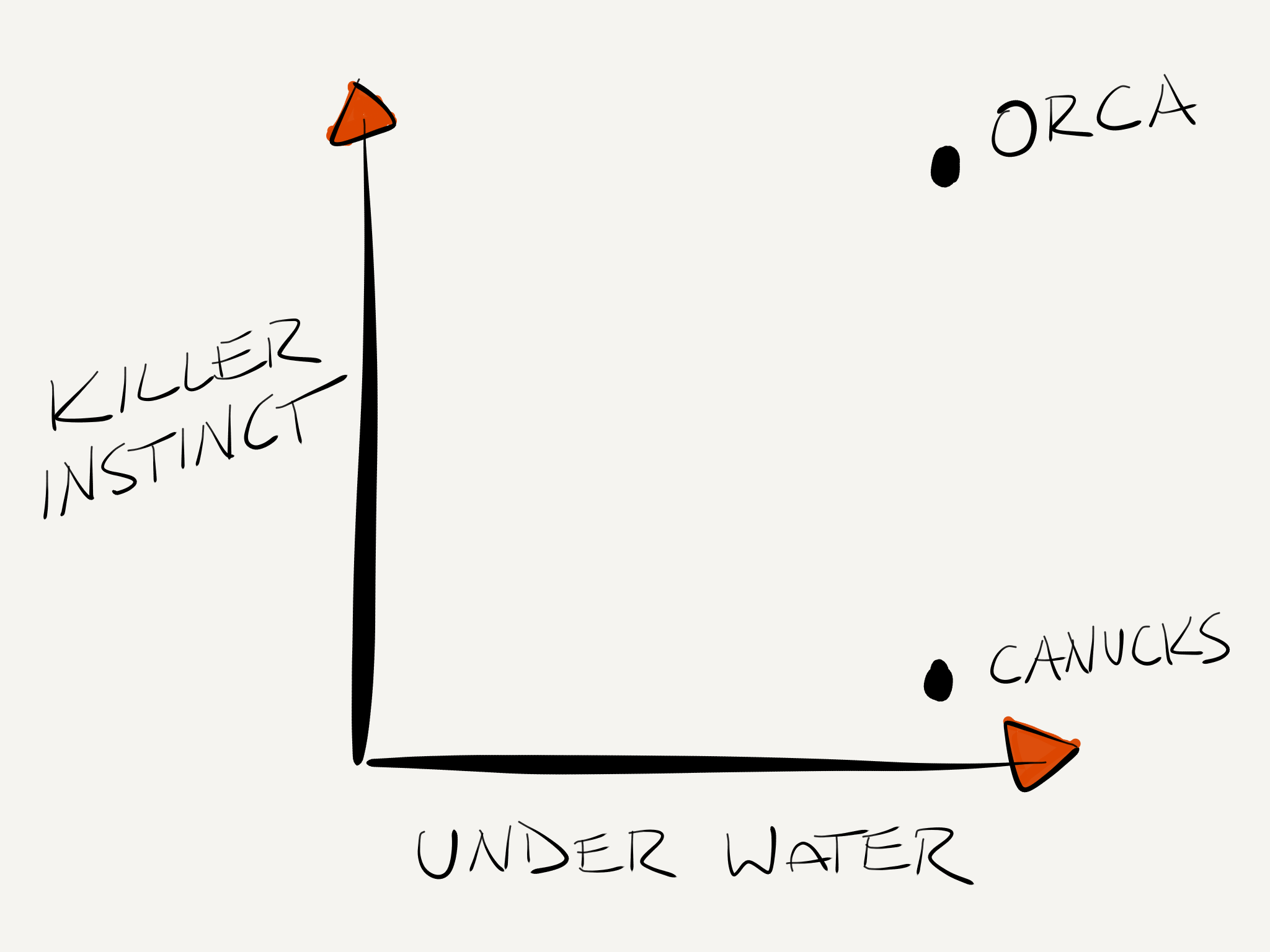K is for Killer Instinct
Jan 12, 2018, 19:05 EST
Recent articles from Graphic Comments
Keep scrolling for the next article
Breaking News
- NHL awards show set for June 12; which Canucks will pick up votes?
- Flyers re-sign potential Canucks trade and offer sheet target Noah Cates
- Canucks to hire Kevin Dean as assistant coach to Adam Foote: report
- One year after a major breakout, Nils Höglander tread water in 2024/25: Year in Review
- The Farmies: Abby Canucks drop Game 3 for their first loss of the Western Conference Final
